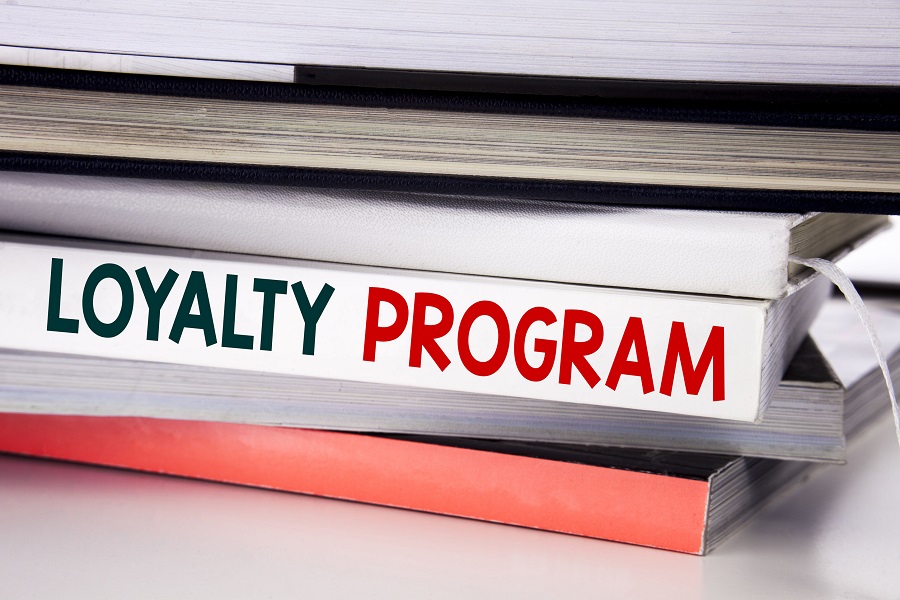When you look at everything that’s going on with digital marketing and social media, it may feel as if using direct mail wouldn’t be the best strategy. In real estate, it’s daunting enough to put together a marketing plan that will pay significant dividends, never mind figuring out how direct mail is going to fit in and how successful it can be. But with the average homeowner moving every five to seven years and 3.9% of homes in America selling each year (according to the U.S. Census Bureau), the opportunities for success are certainly out there.
There is good news: targeting home buyers and sellers with direct mail doesn’t have to be complicated. With the right tools and best practices at your disposal, you could easily create a powerful, affordable real estate marketing strategy.
Check out the tips below, and we’ll walk through how to use direct mail for real estate marketing effectively. When we’re done, you’ll know exactly how to make direct mail a key part of your agent marketing strategy, and most importantly, how to get results by influencing potential home buyers and sellers. Let’s dive in.
Why Does Direct Mail Work for Real Estate Marketing?
Direct mail marketing works well in real estate partly because of the ability to segment your market. Different mailings can be targeted towards those with various housing situations, homeowners vs. renters, for example. You’re also able to specifically target those in different financial situations, such as those in foreclosure/default or those in the market to buy or sell. As a general rule, any direct mail marketing for real estate should focus on running the following three direct mail real estate campaigns: probate & estate mailings, absentee owners, and neighborhood targeting.
Direct mail can be particularly effective for sellers facing default, as they’re under a lot of pressure to make a decision to avoid foreclosure or bankruptcy. Direct mail marketing is a way of easily communicating various options to those facing default. Receiving a postcard from a realtor or investor can show them that there are, in fact, other ways to solve their problems. Direct mail in the real estate market has about a five percent response rate according to one source, which might not sound like a lot. But considering the price of a postcard versus the value of a great property, it’s usually well worth the investment.
Geography is another great way that you can target buyers and sellers with direct mail. You can either use your existing MLS database, or purchase a list with qualifiers like income, zip code, type of dwelling, etc. Using these criteria will help you micro-target segments of your community in order to both develop your brand and develop new sales leads.
Affordability is another plus for direct mail marketing in real estate. Postcards, standard letters and circulars are just of the few low-cost ways of reaching your community with direct mail. In turn, you’ll be able to produce digital website traffic, social media, and email inquiries for your services. From buyers and sellers, you can utilize direct mail to drive web traffic or contact those in your MLS to reach out to you directly in regards to your services. If you offer virtual tours, for example, direct mail is great for enticing people to engage with you in these kinds of top-of-the funnel sales and marketing activities.
How Can Personalizing Direct Mail Improve Results?
Direct mail is effective for all of the reasons mentioned above, but there are certain things you can do to optimize them and improve results. For example, you’ll want to personalize your direct mail whenever possible. Instead of addressing mail to “Resident” or “Homeowner,” you’ll want to substitute the person’s first and last name.
Another great way to make your direct mail seem more personal is by using short, hand-written notes. This will make your communication seem that much more personal, resulting in increased open rates and prospect engagement. Because they are more expensive, hand-written notes are best used on occasion in order to keep the homeowner engaged and intrigued. It’s also important to note that there are direct mail services available that can make sending hand-written notes easier in bulk, although they do tend to be more costly. Hand-written notes are simply not something people receive often in today’s digital age, and will usually grab someone’s attention right away.
How Can Direct Mail Photos Increase Real Estate Interest?
Adding a visual element to your direct mail is a great way to make your mailing stand out from the pack. It can also be used to personalize your marketing to various marketing segments, depending on the size of your mailing list. For instance, you can change the photos of the homes on your direct mailings based on zip codes, so people see which homes are for sale in their area.
Another way to use visuals and photos in your direct mail is in tandem with customer testimonials as a direct mail best practice. If you provide a quote from a satisfied home-buyer along with an image of the house they purchased, it will really help tie everything together for the prospect in terms of how you might help them succeed as well.
What Are the Average Results for Direct Mail?
The results for direct mail varies depending on factors such as age, gender, and geographic location. Here are a few quick stats on direct mail that show what kind of results to expect:
- 3.4% – Average response rate for direct mail campaigns across all segments
- 14.1% – Response rate for individuals aged 45-54, the highest of any demographic
- 12.4% – The average response rate for the 18-21 year old demographic in 2013, a big jump from 4.1% in 2012
- 50.9% – Number of recipients that find direct mail useful and the most favored piece by consumers (as opposed to large or letter-sized envelopes).
Does Direct Mail Increase Agent Brand Recognition?
Absolutely! Aside from reaching the motivated homebuyers and sellers that you’re looking to engage right away with your services, it will serve to increase the reach of your brand. Direct mail will not only get your name out to people that might be more willing to engage with you down the road, but also serve to increase referrals. If someone who’s not in the market receives a piece of mail, they may pass it on to a neighbor, friend, or family member. Another good tip is to save a few postcards to send to select addresses and sales leads you may see while driving around your area. If there’s an abandoned property or “For Sale” sign up, then you can easily pop a postcard in the mailbox as you’re driving by.
How Do You Track the ROI of Direct Mail Campaigns?
No matter what form of marketing you’re using, you need ways of measuring success and quantifying the return on your investment. For direct mail, you can use incentives and offer codes to track the digital activity driven by direct mail. Direct mailings might include information about signing up for your newsletter or following you on social media, digital activities that you can quantify and trace back to the original direct mail campaign.
Last, but certainly not least, you’ll want to think of future direct mailings in terms of a larger multi-touch campaign. It typically takes a few marketing touches before prospects are willing to engage with you on a sales level, so just make sure to keep expanding your list and creating different messaging for future campaigns. Targeting home buyers and sellers with direct mail is a proven and effective practice, and in today’s world of constant digital marketing messages, homeowners and prospective buyers will appreciate the personal touch of mail even that much more.




